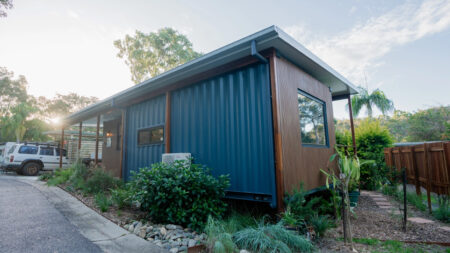Transparent wood is not a new concept and researchers have been developing it for quite some time now. Liangbing Hu and his colleagues at the University of Maryland have also made a significant contribution by conceiving a new method to extract lignin, the structural component of the wood, most probably responsible for the rustic color.
Usually for the transparent effect, wood is soaked in a vat of sodium chlorite that removes a structural component of the wood called lignin. This process involves a lot of chemicals, produces liquid waste that is tough to recycle and can even weaken the wood.
On the other hand, the new method is comparably quicker and uses fewer materials, and also leaves the wood stronger. It is influenced from the recent discovery that lignin can be made transparent by removing only the part of its molecules that give the color.
The researchers brushed hydrogen peroxide over the surface of the wood and then left it under a UV lamp designed to simulate natural sunlight. After soaking the wood in ethanol to remove any remaining gunk, they filled the pores in the wood with clear epoxy, a step that is also part of making lignin-free transparent wood.
This thorough process results in a piece of wood that allows more than 90 percent of light to pass through it and is more than 50 times stronger than transparent wood with the lignin completely removed.
The transparent wood can possibly be used for creating windows and roofs that are better insulators than traditional glass ones.
Via: NewScientist
Follow Homecrux on Google News!




